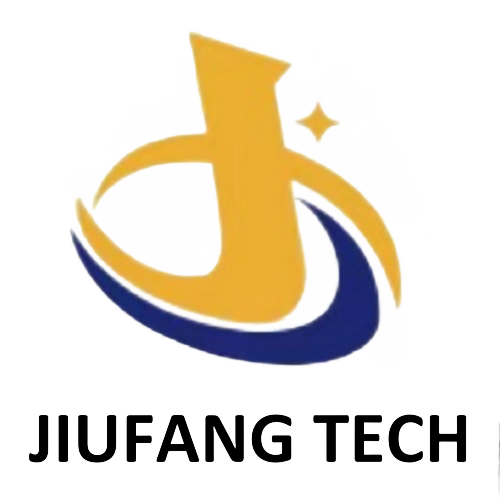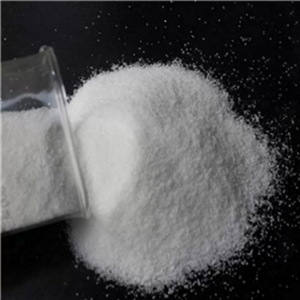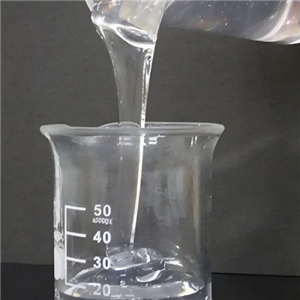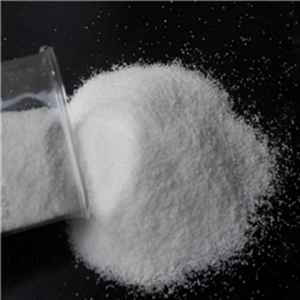Brief Introduction to the Copolymerization Method for Producing Cationic Polyacrylamide
1.Principle of the copolymerization method to produce PAM cationic solid product. The copolymerization method involves conducting a copolymerization reaction between acrylamide (AM) and cationic monomers under the action of an initiator to produce CPAM polyacrylamide polymer. Cationic monomers typically contain cationic groups such as quaternary ammonium salt groups and amino groups, such as methacryloyloxyethyltrimethylammonium chloride (DMC), acryloyloxyethyltrimethylammonium chloride (DAC), etc.In the copolymerization reaction, the initiator generates free radicals that trigger the polymerization of acrylamide and cationic monomers. During the reaction, the molecular chains of acrylamide and cationic monomers continuously grow, eventually forming high-molecular-weight of sewage cationic PAM polymer. 2. Production process of the copolymerization Method 1). Raw Material Preparation -- Prepare raw materials such as acrylamide, cationic monomers, initiators, solvents, etc. Acrylamide usually exists in the form of an aqueous solution, cationic monomers can be solid or liquid and initiators can be persulfates, redox initiators, etc. -- Purify and pretreat the raw materials to remove impurities and moisture and ensure the quality of the raw materials to produce CPAM polyacrylamide polymer. 2). Polymerization Reaction in the production of water treatment powder polyacrylamide -- Add acrylamide and cationic monomers to the reaction tank in a certain proportion, along with an appropriate amount of solvent and initiator. -- Conduct the polymerization reaction under certain temperature and stirring conditions. The reaction temperature is typically between 40°C and 80°C and the reaction time depends on the reaction conditions and product requirements, generally ranging from several hours to more than ten hours. -- During the reaction, parameters such as reaction temperature, stirring speed and initiator dosage must be strictly controlled to ensure the smooth progress of the reaction and the quality of the PAM cationic solid product. 3). Post-treatment for Sewage cationic PAM polymer -- After the reaction ends, cool, filter, wash and otherwise treat the product to remove unreacted monomers and impurities. -- Dry the product to obtain water treatment powder polyacrylamide. Drying methods of CPAM polyacrylamide polymer can include spray drying, hot air drying, etc. -- Depending on product requirements, further processing and modification of polyacrylamide for sludge treatment product can be carried out, such as grinding, granulation, surface treatment, etc. 3. The advantages of the CPAM polyacrylamide polymer produced by copolymerization method 1). Excellent product performance about sewage cationic PAM polymer -- The copolymerization method can precisely control the content and distribution of cationic monomers, thereby producing PAM cationic solid product with different cationic degrees and molecular weights. The performance of the CPAM polyacrylamide polymer can be adjusted according to different PAM cationic solid product application requirements, featuring good flocculation effect, water solubility, and stability. 2). Simple production process to produce water treatment powder polyacrylamide -- The production process of the copolymerization method is relatively simple, with low equipment investment and convenient operation. The reaction process does not require the use of complex equipment and processes, making it easy to achieve industrial production. 3). Environmental Protection and Energy Saving -- During the production of sewage cationic PAM polymer by the copolymerization method, less wastewater, waste gas and waste residue are generated, causing less pollution to the environment. At the same time, the reaction temperature is low and energy consumption is low, meeting the requirements of energy conservation and environmental protection. 4. Application Fields of the CPAM polyacrylamide polymer produced by copolymerization Method PAM cationic solid product produced by the copolymerization method is widely used in fields such as wastewater treatment, the paper industry, oil extraction, textile printing and dyeing, etc. In wastewater treatment, sewage cationic PAM polymer can effectively remove pollutants such as suspended solids, organic matter and heavy metal ions in wastewater; in the paper industry, sewage cationic PAM polymer can be used as retention aids, filtration aids and strengthening agents to improve paper quality and production efficiency; in oil extraction, water treatment powder polyacrylamide can be used as oil displacement agents and wastewater treatment agents to increase crude oil recovery rate and wastewater treatment effect; in textile printing and dyeing, sewage cationic PAM polymer can be used as decolorizing agents and flocculants to reduce wastewater discharge and environmental pollution. In conclusion, the copolymerization method is an effective way to produce PAM cationic solid product, with advantages such as excellent product performance, simple production process, environmental protection and energy saving. With the continuous advancement of technology and the continuous expansion of PAM cationic solid product application fields, the technology for producing water treatment powder polyacrylamide by the copolymerization method will continue to be improved and developed.




